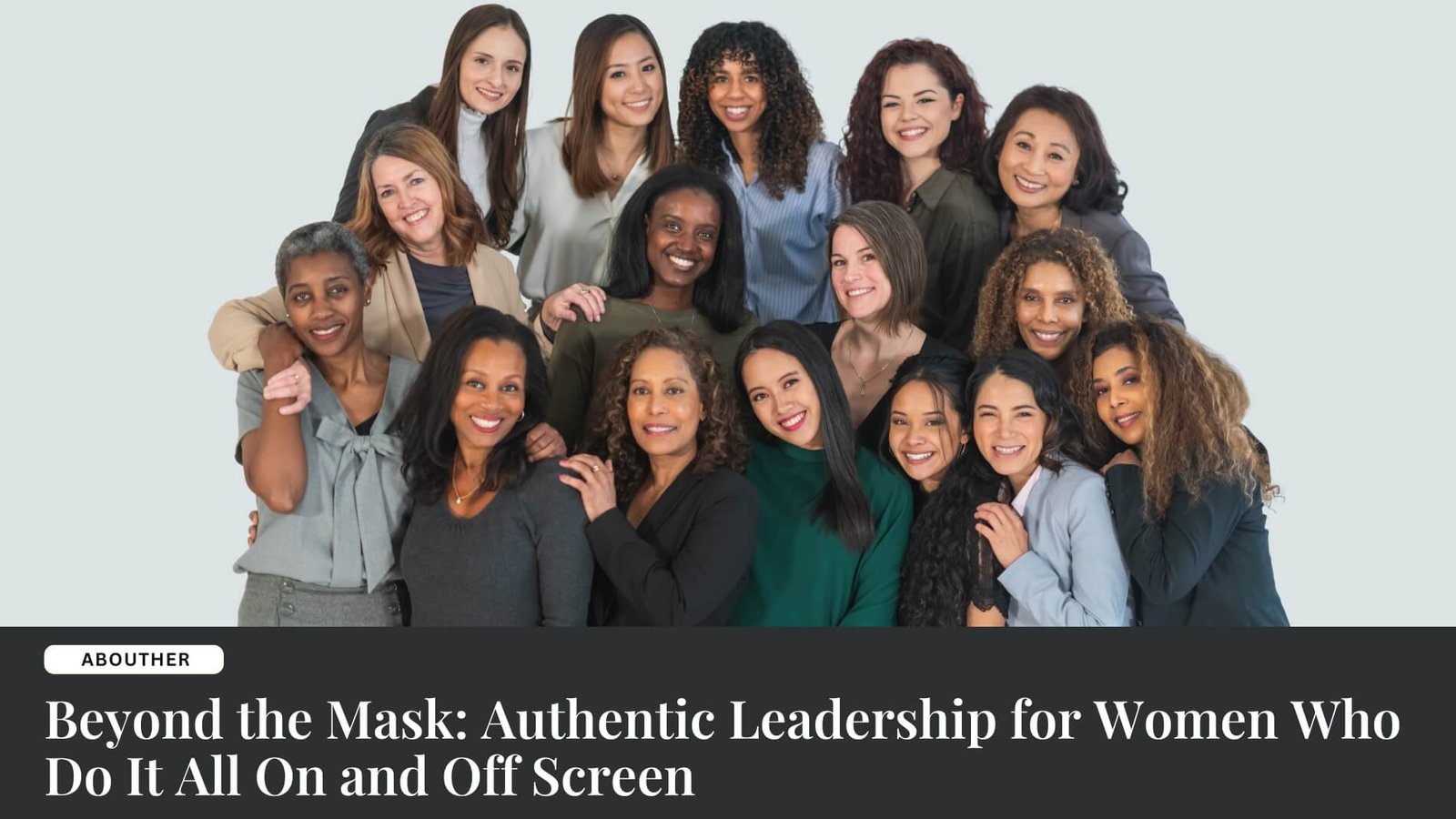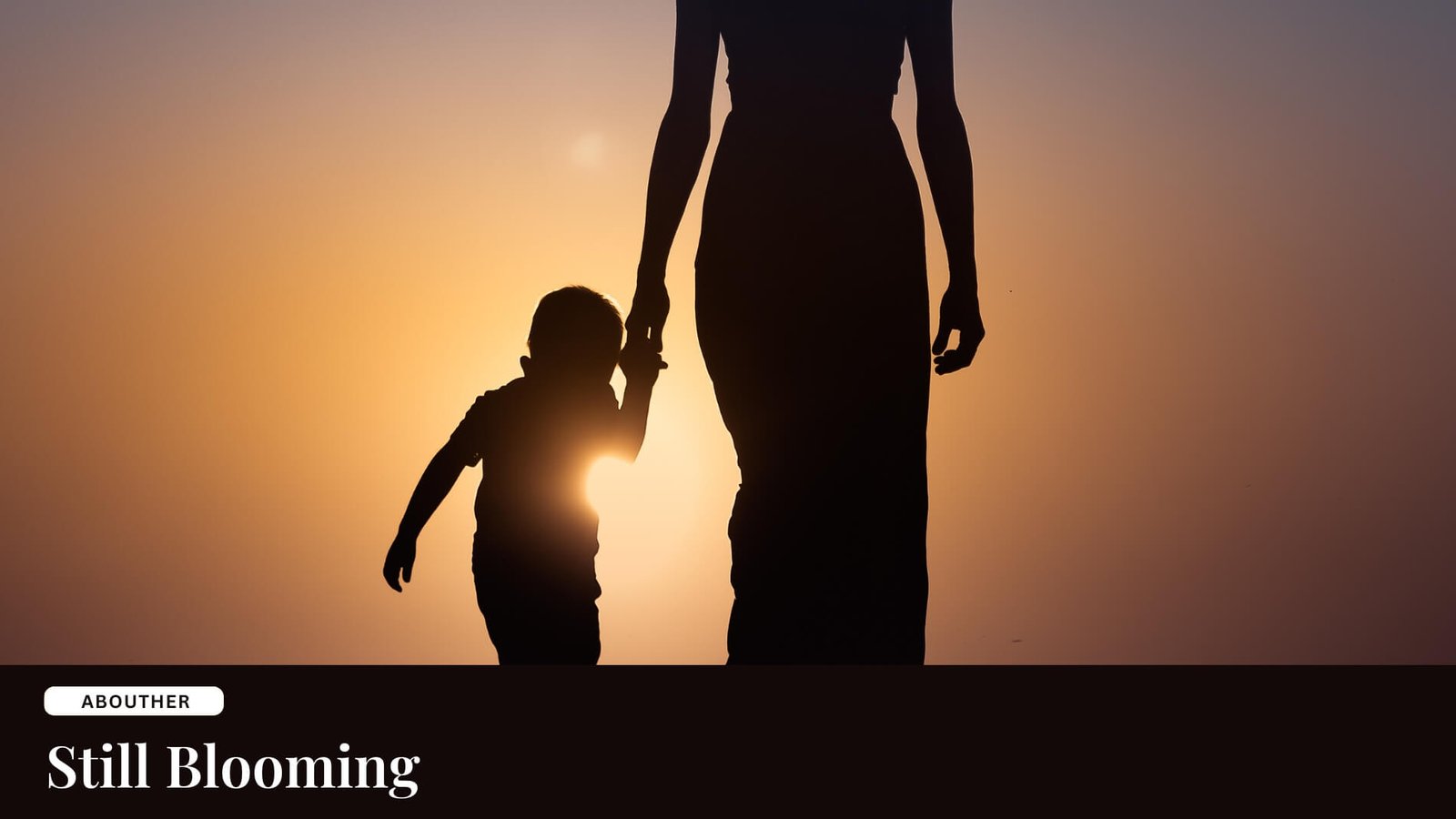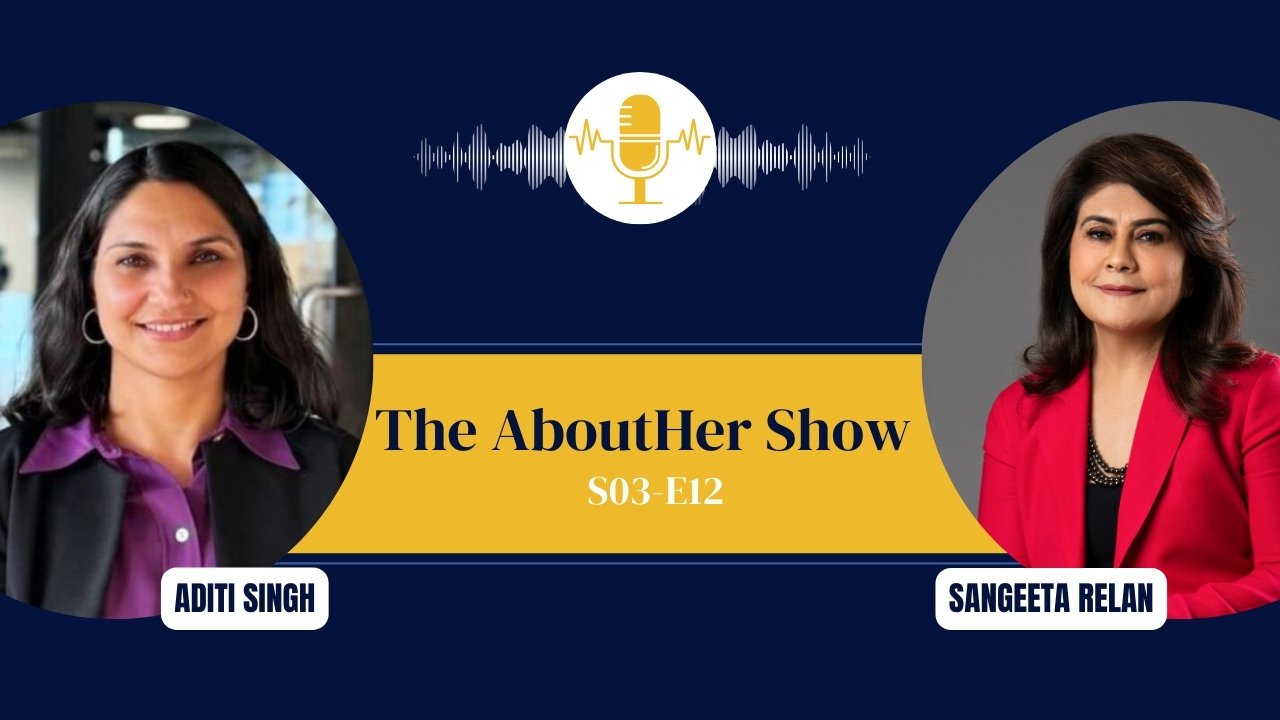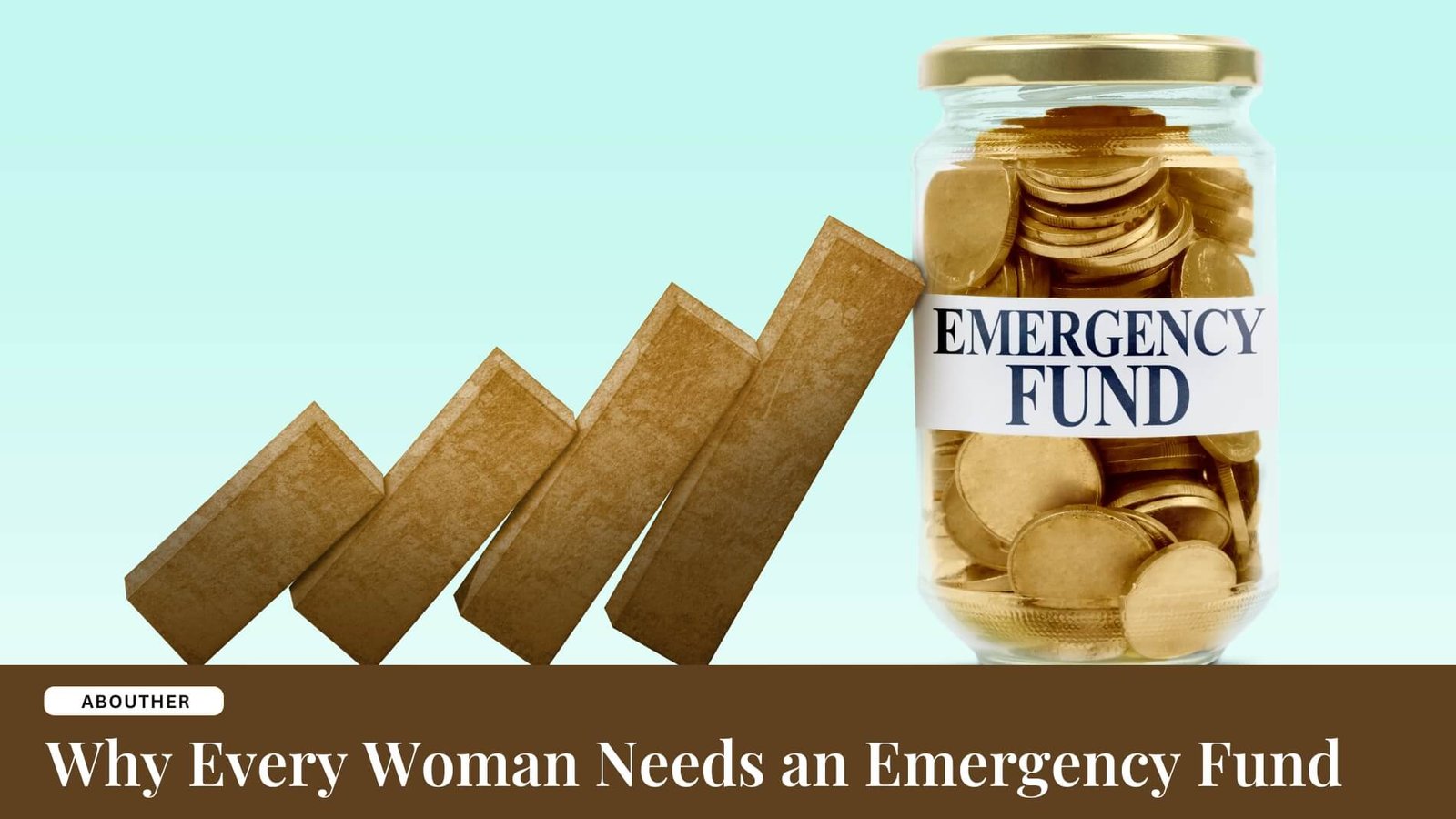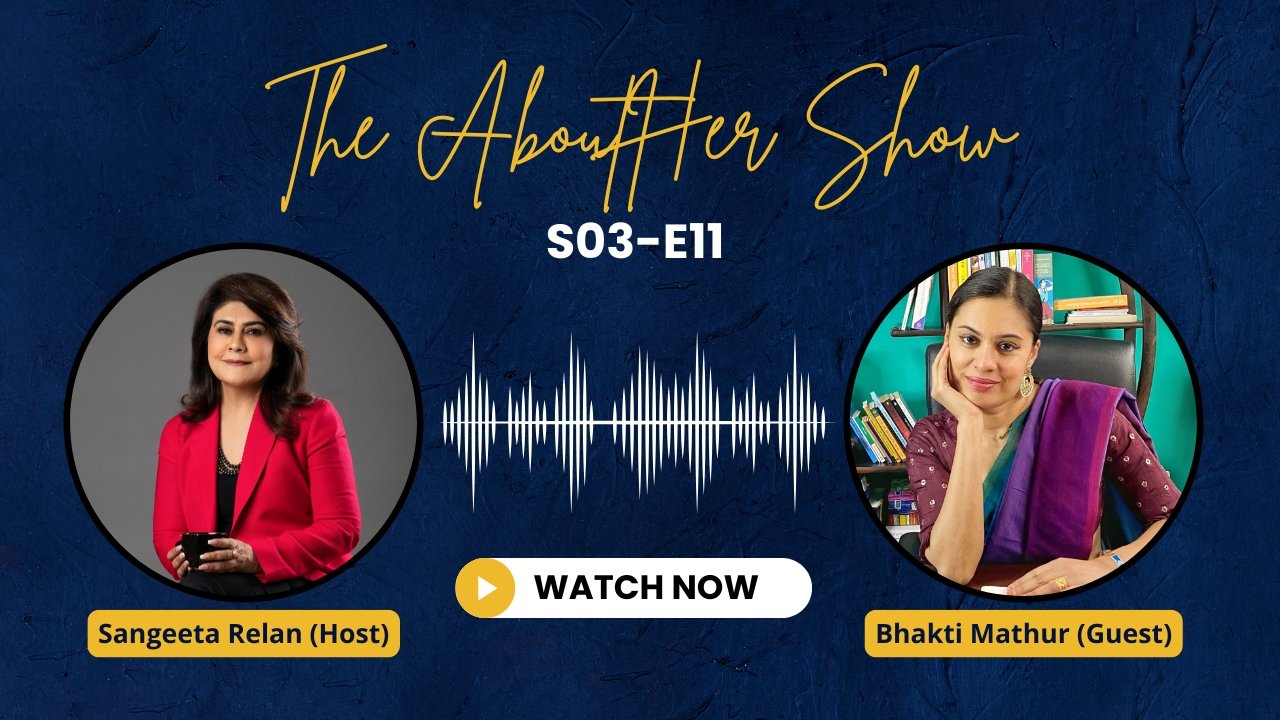Why Hasn’t the U.S. Elected a Female President Yet?
As the United States gears up for another presidential election, a question that keeps coming up is: why hasn’t this progressive nation ever elected a female president?
This question feels even more timely now, with Kamala Harris—a groundbreaking figure who’s already made history in many ways—being part of the conversation. Harris, who became the first female, first Black, and first South Asian Vice President, might soon be a potential presidential candidate.
But the big question is: is America ready to take this next historic step?
A Look at the Past Historically, men, especially white men, have dominated U.S. politics. This has been a tough precedent to break, mainly because of longstanding societal norms and beliefs that have traditionally favoured men in leadership roles. Female representation in high-profile political positions like governorships, Senate seats, and the vice presidency has been lacking, slowing progress. Although things have improved recently, the political scene is still largely male-dominated.
Gender Bias and Stereotypes
A significant barrier to electing a female president is gender bias. Women in leadership roles are often judged more harshly than men. They face scrutiny over things like likability, emotionality, and even their appearance—things that don’t seem to affect men similarly. These biases can seriously impact a female candidate’s chances of getting elected and how she’s portrayed in the media. The 2016 presidential campaign, where Hillary Clinton was defeated, highlighted some of the deep-seated biases that still exist in the country.
Political Strategy and Party Choices
Political parties tend to prioritise candidates they think are most “electable,” and there’s been a belief—right or wrong—that a female candidate might not be as electable as a male one, especially in a general election. This belief has often led to a preference for male candidates, particularly in tight races. Even when women do run, the timing and circumstances can play a big role in their losses.
Also Read:Getting Real About Women- Who We Really Are
Changing Social Attitudes
Social attitudes toward women in leadership are evolving, but it’s been a slow process with plenty of resistance. That said, the growing visibility and success of female leaders in other sectors suggest that voters might be getting more comfortable with the idea of a female president. Younger voters, women, and people of colour—groups that tend to be more progressive and open to breaking with tradition—are becoming more influential in elections. This shift could be a good sign for a candidate like Kamala Harris.
Looking at the Global Stage
Globally, more and more countries are being led by women, from New Zealand’s Jacinda Ardern to Germany’s Angela Merkel. These examples might inspire American voters to consider that it’s time for the U.S. to join the list. The success of these female leaders could serve as a powerful reminder that a woman can lead one of the world’s most powerful nations.
So, why hasn’t the U.S. elected a female president yet? It’s a complex mix of historical, cultural, and systemic factors. However, as social attitudes continue to shift and the political landscape evolves, the chances of electing a female president are looking better. With all her groundbreaking achievements, Kamala Harris could very well be the one to break this barrier finally. Whether the country is ready for it remains to be seen, but it’s a conversation that’s more important than ever.
Share This On Social
![Sangeeta-Relan-AH-525×410[1]](https://aboutherbysangeeta.com/wp-content/uploads/2024/06/Sangeeta-Relan-AH-525x4101-1.jpeg)
I’m Sangeeta Relan—an educator, writer, podcaster, researcher, and the founder of AboutHer. With over 30 years of experience teaching at the university level, I’ve also journeyed through life as a corporate wife, a mother, and now, a storyteller.
Recent Posts


